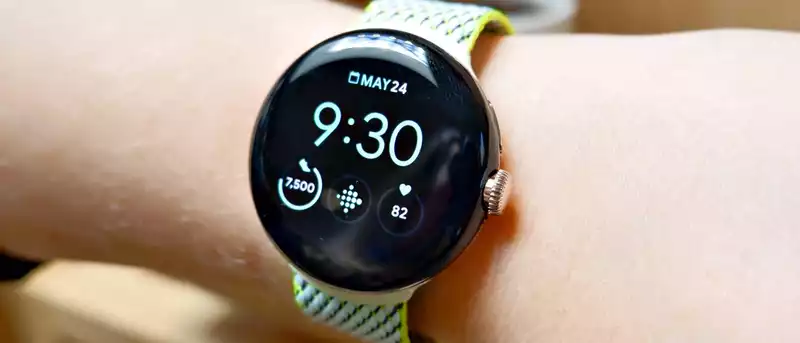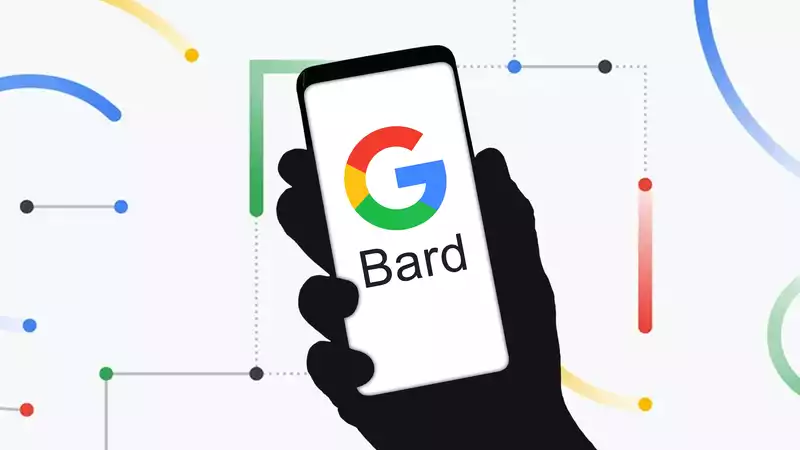The Google Pixel Watch looks to be the smartwatch that Pixel Phone users have been waiting for. With the help of good looks, smart software, and a fitness tracking feature from a certain acquired company, Google's debut smartwatch has garnered a lot of attention.
As a version 1.0 device, skepticism about the Pixel Watch is mandatory. Separating the device's actual performance from the mountain of expectations that have built up over the years will be a balancing act when I finally review the Pixel Watch. For now, a brief hands-on with the Pixel Watch demonstrated that it may be a combination of the best of both Google and Fitbit.
The result is a wearable experience that is different enough from Samsung's Galaxy Watch 5 and similar enough to the Apple Watch Series 8. What I mean is that the Pixel Watch's Wear OS is surprisingly distinct from Samsung's smartwatch software in a way that emulates the intuitiveness and interconnectivity of the Apple Watch. At least, this is what I thought of the Pixel Watch the first time I used it.
The Pixel Watch costs $349 (£339 / A$549) for the GPS + Bluetooth-only configuration, and $399 (£379 / A$649) for the LTE-enabled version. This makes the Pixel Watch slightly more affordable than the Apple Watch Series 8 ($399), but more expensive than the Galaxy Watch 5 ($279) and the recently released Fitbit Sense 2 ($299).
The Pixel Watch release date is October 13 and is available for pre-order now; see our guide to pre-ordering the Google Pixel Watch here.
The Google Pixel Watch is a simple looking smartwatch, one might even call it minimalistic. It comes in only one size, 41mm, and features a rounded design with a 3D glass dome. This raised effect makes the display's thick bezel less noticeable, but it does not change the fact that a significant portion of the display is unusable; a virtual bezel like the Galaxy Watch 5 would be more realistic, unfortunately.
Instead, navigation is done by swiping or by a digital crown on the side, much like the Apple Watch's digital crown. The crown button has tactile grooves, which felt good during our hands-on. Above the digital crown, the Pixel Watch has a small button to open recently used apps, a useful feature that was just added to the Apple Watch's side buttons this year.
In terms of style and customization, the Pixel Watch comes in matte black, silver, and gold. Google will launch the Pixel Watch along with a variety of interchangeable straps. There are a total of seven different bands available in a variety of colors. Changing the bands requires some learning curve due to the unique mechanism, but after a few tries, I got the hang of it.
Fitness tracking on Google's Pixel Watch is entirely powered by Fitbit, giving users access to basic activity data as well as Fitbit Premium's overall health features.
The watch can track over 40 different workouts, count steps, and monitor heart rate 24/7. Fitbit Premium, which costs $9.99 per month or $80 per year, unlocks more advanced features such as daily readiness scores, sleep tracking analysis, meditation, and wellness reports.
Google is offering Pixel Watch users six months free of Fitbit Premium; Fitbit Premium is no longer an option and seems to lock in the most compelling health tools behind the membership. If you just want basic activity metrics, you may not need Fitbit Premium, but we can't be sure until we see the full scope of all the things you can (or can't) get from fitness tracking on the Pixel Watch.
As expected, the Pixel Watch leverages Google's suite of services in Wear OS to offer nearly every program a person might use on a daily basis. This includes: Google Maps, Gmail, Google Calendar, Google Pay, Google Home, YouTube Music, Google Assistant, etc.
Many of the best smartwatches for Android (both old and new) are powered by Wear OS, which is different. As far as I can remember, these smartwatches only offer a few Google services, never all of them, and no clear reason as to what is supported and what is not. It's about time Google made a smartwatch optimized for wearable software.
Thus, the Google Pixel Watch has the familiar tile-based navigation of Wear OS, which runs smoother than anything I've seen before. There is also support for third-party apps through Google Play, making the Pixel Watch, in theory, a more suitable companion for your needs. (This is a major benefit that was eliminated from this year's Fitbit smartwatch, but that's a story for another day.
Another thing worth mentioning about the software is the Pixel Watch's exclusive watch faces: Google has created 19 customizable watch faces, including one that displays images from Google Photos on your wrist. Speaking of Google Photos, there is a camera remote feature that lets you control the camera of the Pixel smartphone you are with. I'm looking forward to trying this out.
The Google Pixel Watch is listed at 24 hours of battery life, which may be a bit shorter than I was expecting, given that the Galaxy Watch and Apple Watch have upgraded their batteries this year. Still, 24 hours is not that unusual for a smartwatch with Always On Display, and I don't think it's a shortcoming yet, but I'll have to test it to see how long it actually lasts.
As for charging, the Pixel Watch comes with a simple magnetic USB-C charger like the Pebble. Google estimates that a 45-minute charge will provide 9 hours of battery life.
Other than the Apple Watch Ultra, I don't think any other smartwatch is as highly anticipated as the Google Pixel Watch. Now that the product has been introduced and I've actually worn it, it's hard to judge whether it lives up to its promise.
I think the success of the Pixel Watch will depend on whether Google's services and Fitbit's health tracking can strike the perfect balance between connectivity and fitness tracking. At the very least, I would like to answer this question when I have the opportunity to fully review the Pixel Watch.
Next The official accessories for the Pixel Watch will cost about this much.
.









Comments